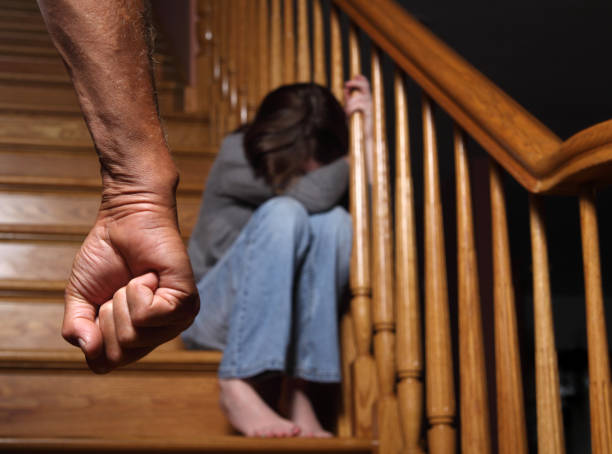Domestic violence continues to be a serious issue affecting thousands of Australian families each year. Despite increased awareness, many victims remain unaware of the legal protections available to them during these difficult times. Seeking help from qualified Gold Coast domestic violence lawyers can make a significant difference in securing safety and justice for those affected by family violence.
Contents
Key Takeaways
- Australia has comprehensive legal frameworks at both federal and state levels to protect domestic violence survivors
- Protection orders are a primary legal tool that can restrict an alleged perpetrator’s behaviour and movements
- Various support services exist across Australia to assist survivors with legal, emotional, and practical needs
- Proper evidence collection significantly strengthens a domestic violence case
- Legal reforms continue to improve protections for those experiencing family violence
Australia’s Legal Framework for Domestic Violence
Australia addresses domestic violence through both federal and state legislation, creating a multi-layered approach to protection. At the federal level, the Family Law Act 1975 provides broader protections, while each state and territory has specific domestic violence legislation that defines prohibited behaviours and available remedies.
Queensland’s Domestic and Family Violence Protection Act 2012 specifically aims to maximise safety for people experiencing domestic violence, reduce perpetrator risk, and ensure accountability. Similar legislation exists across all Australian jurisdictions, though terminology and specific protections may vary.
“The law recognises that domestic violence is not just physical – it includes emotional abuse, financial control, social isolation, and other forms of coercive control.”
Available Legal Protections
Protection orders (also called intervention orders, restraining orders, or apprehended violence orders depending on your state) represent the primary legal mechanism to protect domestic violence survivors. These court-issued orders restrict an alleged perpetrator’s behaviour, potentially prohibiting contact, requiring the person to leave a shared home, or imposing other safety measures.
The application process typically involves:
- Filing an application with the local Magistrates Court
- Receiving a temporary order until a court hearing
- Attending a court hearing where both parties may present evidence
- Receiving a final order if the court is satisfied domestic violence has occurred
Survivors also have rights to various support mechanisms, including access to legal aid services, victim compensation schemes, and priority housing assistance in many jurisdictions.
How to Report Domestic Violence
Reporting domestic violence safely is paramount. In immediate danger situations, calling Triple Zero (000) remains the first action. For non-emergency reporting, contact the local police station or domestic violence service.
Evidence collection strengthens a domestic violence case significantly. Useful evidence includes:
- Medical records documenting injuries
- Photographs of injuries or property damage
- Text messages, emails, or social media communications containing threats
- Witness statements from family members, neighbours, or friends
- Journal entries documenting incidents with dates and times
Police play a critical role in responding to reports, sometimes issuing temporary protection orders on the spot in high-risk situations. The judiciary then determines longer-term protections based on evidence presented.
Support Services for Survivors
Australia offers numerous support services for domestic violence survivors at national and state levels. The national 1800RESPECT helpline (1800 737 732) provides 24/7 counselling and information. Each state also maintains specialised services with Queensland’s DVConnect Womensline (1800 811 811) and Mensline (1800 600 636) offering crisis support.
Community networks, including cultural and faith-based organisations, increasingly provide targeted support for specific communities. These services often address practical needs like emergency accommodation, financial assistance, and ongoing emotional support.
Challenges and Future Directions
Despite robust legal frameworks, implementation challenges persist. Rural and remote communities face service access barriers, while cultural and language differences can complicate help-seeking for diverse communities. The court process itself can be intimidating and sometimes retraumatising for survivors.
Recent legal reforms have focused on improving cross-jurisdictional recognition of protection orders, strengthening penalties for breaches, and expanding definitions of domestic violence to include coercive control. Advocacy groups continue pushing for further reforms, particularly around consistent implementation of existing laws and better integration between family law and domestic violence systems.
Conclusion
Australia’s legal system offers significant protections for domestic violence survivors, though navigating these protections often requires professional guidance. The combination of legal mechanisms and support services creates a safety net for those experiencing family violence, but knowing how to access these resources is essential.
If you or someone you know is experiencing domestic violence, reaching out for help is the first step toward safety. Professional legal advice from Advance Family Law can help clarify options and establish a path forward during this challenging time. Remember that support is available, and no one should face domestic violence alone.




